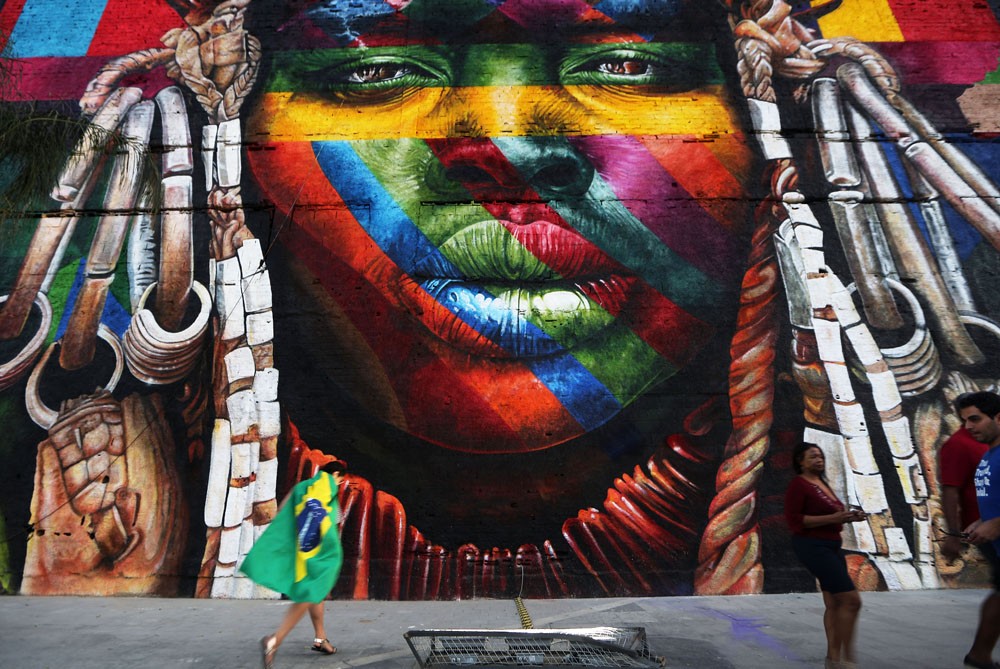We live in a world where everyone likes to party. Everywhere you turn you see events taking place dedicated solely to getting on your level. None of those match the level of America’s biggest party season, Mardi Gras.
Mardi Gras History is filled with a mix of cultures and traditions. 183 years ago New Orleans changed forever. The signing of the Mardi Gras Act in 1837 reshaped the entire landscape of the Crescent City. When Katrina hit New Orleans and I moved to Houston for three years the two biggest questions I received were “Do I know Lil Wayne?” and “What is Mardi Gras really like?”. Back then I couldn’t really answer because I was only in 7th grade at the time. My biggest concern back then was marching during the parade season with my trumpet and middle school band.
Now that I’m older and able to grasp the concept of Mardi Gras it’s only right that I revisit that question. In this article the goal is for you to leave with a full 360 view of what Mardi Gras is, and how the tradition made it’s way to New Orleans.

A RELIGIOUS TRADITION
For starters, what is Mardi Gras? Mardi Gras is a french term based on a religious event that translates into “Fat Tuesday”. Catholicism is the home of Mardi Gras and the holiday is a very important part of the Lent season. Fat Tuesday falls on the Tuesday before Ash Wednesday, which is the first fasting day leading up the Easter, 46 days later. There are some researchers that believe that Mardi Gras dates back to the Roman holiday Saturnalia, but this isn’t a historical fact. Mardi Gras is often viewed as a way to get let yourself go before the fasting begins for Lent Season. Traditionally people would eat fatty foods leading up to Lent hence the term “Fat Tuesday”.
A TALE OF TWO CITIES

Mardi Gras has since evolved into a worldwide celebration. The two biggest hosts for these celebrations are in New Orleans and the Rio Carnival in Rio de Janeiro. During these festivals, hundreds of thousands of people travel to one location to party until they can’t anymore. Getty Photographer Mario Tama, a New Orleans native discovered a lot of parallels between the South American nation, and New Orleans.
Although New Orleans popularized Mardi Gras in the United States, it didn’t start there. Mardi Gras became a U.S. custom in 1703 in Mobile, Alabama by a Frenchman. Although Mardi Gras is still held in Mobile, New Orleans takes the crown for the biggest celebration in the world.
WHEN IS MARDI GRAS?
Since Mardi Gras is a religious holiday and linked to Moon cycles, the date changes every year. Mardi Gras for 2020 will be on the 25th of February. The season for Mardi Gras is two weeks leading up to Fat Tuesday. These two weeks are filled with parades that feature larger than life floats, masked gift-givers, and a lot of music. The biggest parades are held on Mardi Gras Day. The Monday before Mardi Gras known as Lundi Gras is also a pretty big day during the season.
WHAT TO DO DURING MARDI GRAS?

This year there will be over 80 parades scheduled in New Orleans alone. For tourists, I’d say five days before Tuesday should be your targeted arrival date. This gives you enough time to enjoy the city and take in the energy of the parades. Although the parades are the main attraction, there are a lot of things that you could do while in New Orleans for Mardi Gras. One of the biggest things that come to mind is Mardi Gras World, the place where most of the floats are constructed and stored. Mardi Gras Floats can cost up to $50,000 to create per float. The only downside to visiting Mardi Gras World during the season is that many of the floats will be on the streets and not in the warehouse.
Other aspects of Mardi Gras include King Cakes, Mardi Gras Balls, Mardi Gras Indians, The Flambeaux, and Social & Pleasure Clubs. Before I dig a little deeper into the Mardi Gras traditions I want to ask, what’s your favorite thing about Mardi Gras?
MARDI GRAS KREWES
The average American may assume that Mardi Gras is all about the parties, but it gets much deeper than that. You may have heard the term Krewe once or twice. The Mardi Gras Krewes are a very important aspect of the carnival season. A Krewe is a social organization that puts on a parade or ball for the Carnival season. The term is best known for its association with Mardi Gras celebrations in New Orleans. Each Krewe has a King and Queen that works hard during the year for the big Ball. The identities of the King and Queen are closely guarded secrets until the night of the Ball. Most of the Balls are formal and private. Ball invitations used to be die-cut and printed in Paris, France. Super Krewes like Endymion and Orpheus are known for having extravagant Balls held in the highest profiled locations in New Orleans.
MARDI GRAS INDIANS
My personal favorite part of Mardi Gras is the Indians. Larry Bannock, Past President of the NOLA Mardi Gras Indian council said “Mardi Gras Indians are secretive because only certain people participated in masking–people with questionable character. In the old day, the Indians were violent. Indians would meet on Mardi Gras; it was a day to settle scores.” The Mardi Gras Indians are made up of African Americans who were left out of mainstream Mardi Gras traditions due to racism, and slavery. We had to find our own way to celebrate Mardi Gras in our neighborhoods.
Traditionally the Krewes model their structure from Greek & Roman themes. The names usually mirror those of mythological heroes and Gods. The structure of the Krewes copy royal hierarchy. Black people were kept out of these traditions for more reasons than one. This led to the development of our own traditions. The Mardi Gras Indians named themselves after the native Americans. The purpose of this was to pay respect to the tribes who helped slaves escape captivity. It was often local Indians who accepted slaves into their society when they made a break for freedom. They have never forgotten this support. In an interview with Big Chief Bald Eagle Roderick, he explained how many black Americans were native to this land prior to the Africans being brought over. But that’s a video for another day. The tribes spend all year making their extravagant suits by hand that consist of bright feathers, beads, and embroidery.
There are strong native American influences on black people, especially in Louisiana. Another big tradition shared with the natives were gold teeth.
KING CAKE TRADITION
The King Cake Tradition is the key to an authentic Mardi Gras Experience. According to the Christian faith, Christ first showed himself to the 3 wise men on the Twelfth Night aka the Epiphany. This is the day that Mardi Gras season starts. This is why a small porcelain or plastic baby is put inside of the cakes. If you find on you would be responsible for bringing the next king cake. Researchers believe that king cakes were brought over from France in the late 1800s. They were a ring of dough baked and topped with sugar. Braiding and baking the dough gives it the traditional king cake look.
WHY WEAR MASKS?
Did you know that float riders are required to wear masks by law? This comes from the idea that everyone should be treated fairly during this season. The mask tradition came from different societies around the world who would wear them during rituals and celebrations. The masks allow people to escape the reality of societal class and constraints.
This is a time of year that no one forgets, especially if you live in New Orleans.
WHAT DOES MARDI GRAS MEAN FOR NEW ORLEANS LOCALS?
For natives of New Orleans, Mardi Gras is that one time of the year where you see everyone. It’s a time for reconnecting with childhood friends, and family members you haven’t seen in a long time. New Orleans natives are resilient, we have suffered a lot in this lifetime. From Katrina to the housing development crisis of the 90s, we have been through a lot. This is why we celebrate so hard during the carnival season. Mardi Gras serves as a reminder that we’re still here.


